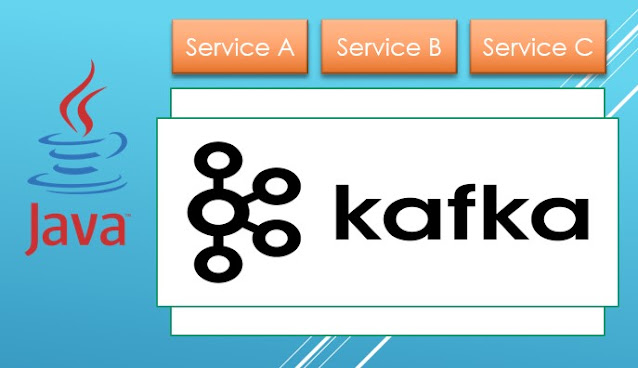Creating Transparency Effects with CSS - Background RGBA and Backdrop-filter
 |
| advantageservices.net web design |
What really the key to becoming a good front-end website developer is all about being creative and innovative. You have to learn from many other people's works and sometimes just out of nowhere you will find your own idea, web design is more art than technicality.
Drawing buttons on a web page is easy, but making the button engaging is difficult. How do you design a checkout button that makes the user want to click it so badly, that leads to sale?
Well, it is not just about buttons, many aspects of a website must be cool, innovative and engaging so that users are willing to spend more time to discover what the business offer and what the users need.
One of the things that makes a website stand out is the transparency effects. Continue reading, I will tell you about how these effects changed the way users experience (UX) of a web page, and how to implement it.
It all started when I wanted to make a website that would leave a lasting impression. I came across Advantageservices.net, a captivating website offering IT services, web development, and cloud services. Its design was sleek and interactive, with eye-catching themes, colors, and cool animations. I was very impressed how they drew their website, how much they put into work making such limitless experiences exploring what they offer.
One thing that stood out on Advantageservices.net was the transparent navigation bar. It was different from other websites and caught my attention. I wondered how they made it transparent, yet still visible. It seemed like magic.
If you are curious about the secrets behind transparency effects in web development, it’s no secret and it’s very easy to do.
1. CSS Opacity
The feature to make a transparent background in CSS is opacity property. It is very easy to use, with only a single key and a decimal value, no more, no less.
.css-selector {
opacity: 0.8;
}
You could make any HTML elements transparent and create a sense of enchantment on a website. The hardest part is achieving perfect transparency, it is not easy, but since the possible value is only 0 to 1, it’s also not difficult. Pro tip is that making something completely transparent makes the content of it hard to read. So, find a balance between making it look good and making sure people could still read the content. Setting the transparency to 0.8 (which means 80% transparent) is the right balance between beauty and readability.
2. Background RGBA and Backdrop-filter
The more sophisticated way of doing transparency is by combining background-color, with transparent RGBA color, and using backdrop-filter. The simple pseudo code of transparency using a combination of RGBA and backdrop filter is.
.css-selector{
background-color: rgb(0, 0, 0, 0.5);
backdrop-filter: blur(5px);
}
Try to change as many combinations of values to find the perfect transparency effect.
Here's the full example of utilizing backdrop-filter and RGBA transparent. An RGBA color value is specified with: rgb(red, green, blue, alpha), which the alpha is the same as opacity value.
Solid backgrounds were the simpler and faster choice, literally any beginner would do just doing it because it’s the default color. But the transparent effect on the other hand is one step further, but not all designs must be transparent or semitransparent.
Transparent backgrounds bring a sense of sophistication, elegance, and modernity to web design. Their ability to create depth, highlight content, and adapt to various styles makes them a cool and intriguing element that can improve the overall user experience.



